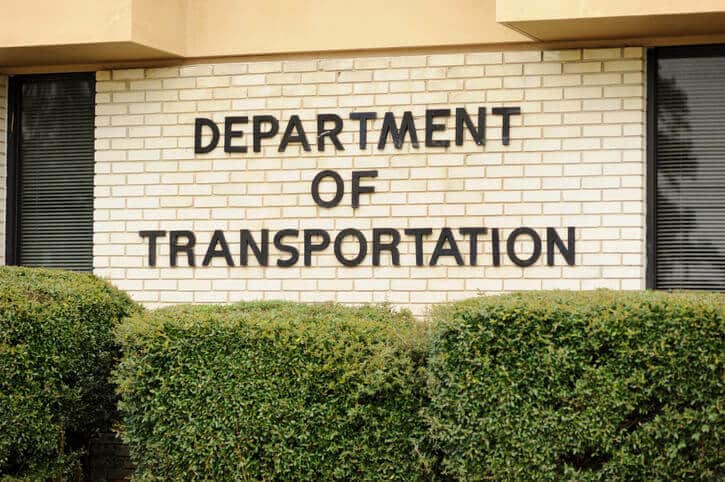If you are familiar with our past blogs, you know all about the Department of Transportation (DOT) drug testing regulations. They are strict, and for good reason. The purpose of drug screening is to make the roads safer for commercial and leisure drivers alike and the department takes this very seriously. But for this blog, we want to take a look at some other fun facts about our friends at the Department of Transportation.
The Beginning
In 1966, President Lyndon Johnson signed into law the ‘Department of Transportation Act.’ As the railroads, highways and aviation expanded, he saw a need for a federal department to regulate these industries. While the nature of the industry has evolved, the DOT has stood with it and changed with the times.
The First Secretary
On April 1, 1967, Alan Boyd went into work as the very first Secretary of Transportation. He was only in office until 1969, but his contributions would be felt for much longer. His tenure was met with some controversy, but he laid the foundation for the future of the department.
The Big Changes
In 1984, major changes would come to the Department of Transportation. Secretary Elizabeth Dole led major efforts to implement safety belt laws, airbag regulations, and a national legal drinking age. Her ‘trifecta’ bill was signed into law on July 11th of that year and it has saved hundreds of thousands of lives in the years since.
The Threat of Terror
After the tragic events on September 11th, the department would take on even more changes. The federal government decided there was a need for a Transportation Security Administration (TSA) and a Department of Homeland Security (DHS). What many people don’t know is that the TSA actually started off as a faction of the Department of Transportation. But in 2003, the U.S Coast Guard and TSA were transferred from the DOT to the Department of Homeland Security.
The Distractions
As technology evolved, the DOT needed to evolve with it. After a series of accidents related to texting and driving, the department outlawed such behavior in 2009. In present day, there are heavy fines related to this crime and repeat offenders are at risk of losing their license. Even with these laws in place, more than 3,000 people under the age of 24 died from texting and driving accidents in 2015.
At National Drug Screening, we specialize in the DOT drug testing program and we are here to help you and your business. Whether you’re a driver or employer, we can answer all of your questions and go over the best solutions for you.
For expert consultation, call Joe Reilly at National Drug Screening at 321.622.2020.







